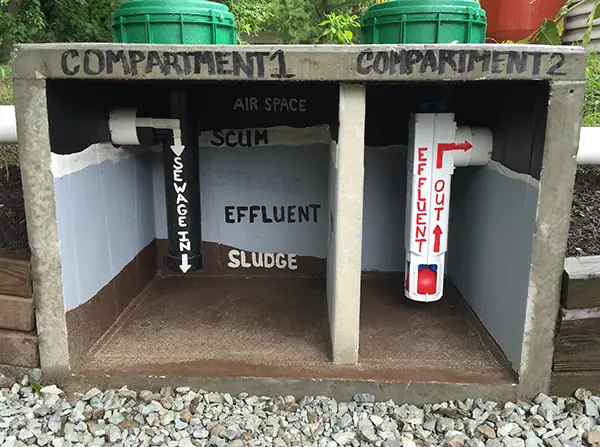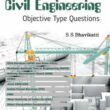Septic tank maintenance is one of the most overlooked aspects of plumbing and sewer maintenance among homeowners today. Partly, this is because nobody really wants to think about their septic tank – it does a dirty job, and most people don’t like to dwell on it, especially if it needs upkeep.
 |
| 5 Ways To Maintain Your Septic Tank For A Long Lifespan – And How To Know When You Need A Replacement |
But septic tank repairs are among the most costly projects that a homeowner has to undertake. A total replacement of a critically damaged septic system can take weeks – and cost you upwards of $10,000. Repairs to a more well-maintained system are significantly cheaper – ranging from about $1,000-$4,000, with an average of about $2,000. Clearly, it’s better to catch your septic problems sooner rather than later.
Still, proper maintenance of a septic tank can avoid costly repairs altogether, so it’s a good idea to know what basic steps need to be taken to maintain your septic tank – whether you hire a technician or do it yourself.
So here are the 5 simplest ways to maintain your septic tank and ensure it has a long lifespan – and how to know when you need to replace it.
1. Pump Your Septic Tank Regularly
Once a year, you should either inspect your septic tank yourself, or have a professional plumbing Winnipeg expert do so. You’ll want to measure the depth of the “scum” layer – the highest level of liquid in the tank. If it comes in at 3” from the top of the outlet, your tank needs to be pumped.
Measure the “sludge” also – this is the material that sits on the bottom of the septic tank. If it’s within 12” of the outlet, your tank needs to be pumped.
Pumping your tank regularly can stop catastrophic overflow, and if you hire a technician for the job, you can get a good sense of the performance and lifespan of your tank.
2. Don’t Flush Trash Down The Toilet.
There are two things that should be flushed down your toilet if you have a septic tank. Human waste and toilet paper. That’s it. You may be able to get away with flushing other things if you are connected directly to sewer system – though you still shouldn’t do so – but you can’t get away with this if you have a septic tank.
Anything you flush that’s not extremely biodegradable and meant to be kept in a septic tank will cause issues. This includes:
Like Us on Facebook!
Subscribe Us on YouTube!
- Cigarette butts
- Tampons and sanitary napkins
- Diapers
- Paints, varnishes, or other chemical applications
- Paper towels or rags that are not built to break apart in septic systems
- Coffee grounds, nut shells, egg shells, and other kitchen waste
- Greases and fats
- Motor oils
- Condoms
And anything else you could think to flush – even hair, such as shaving clippings and beard trimmings, should not be flushed when you are using a septic system.
3. Watch For Signs Of Failure
Catching the failure of your septic tank early can be the difference between a total replacement, or some basic repairs. Watch for:
– Odors, suspicious sewage, wet spots, excess vegetation at your drain field
– Backups in your plumbing
– Strange gurgling sounds in your pipes and septic system
– Fixtures that drain slowly
These are all signs of imminent septic tank failure – or a septic tank that is currently failing.
4. Keep Records Of The Location, Design, And Maintenance of Your Tank
Having robust records of all of the details and maintenance that has been done to your septic tank is a great way to ensure that any professionals working on your tank will have a comprehensive knowledge of the system they’re dealing with, and allow future owners of the house to have a record of your septic system and its lifespan.
5. When In Doubt, Call A Professional. Seriously.
Did we mention a full septic tank replacement can cost you $10,000 on the low end? If you think something is wrong with your septic system, and you’re not willing, able, or qualified to maintain or check your tank, call a professional septic technician.
A $100 service call is much cheaper than a full septic tank replacement – and if nothing is wrong, you’ll still have peace of mind, knowing your tank is functioning as designed.
Don’t Risk Your Tank – Or Your Cash
By following these simple tips – maintaining and pumping your tank, avoiding the flushing of dangerous items, watching your system for failure, keeping good records of tank maintenance, and calling a professional if you think something is wrong – you can guarantee that your tank lives a long life, and avoid an extremely costly septic tank repair or replacement.















